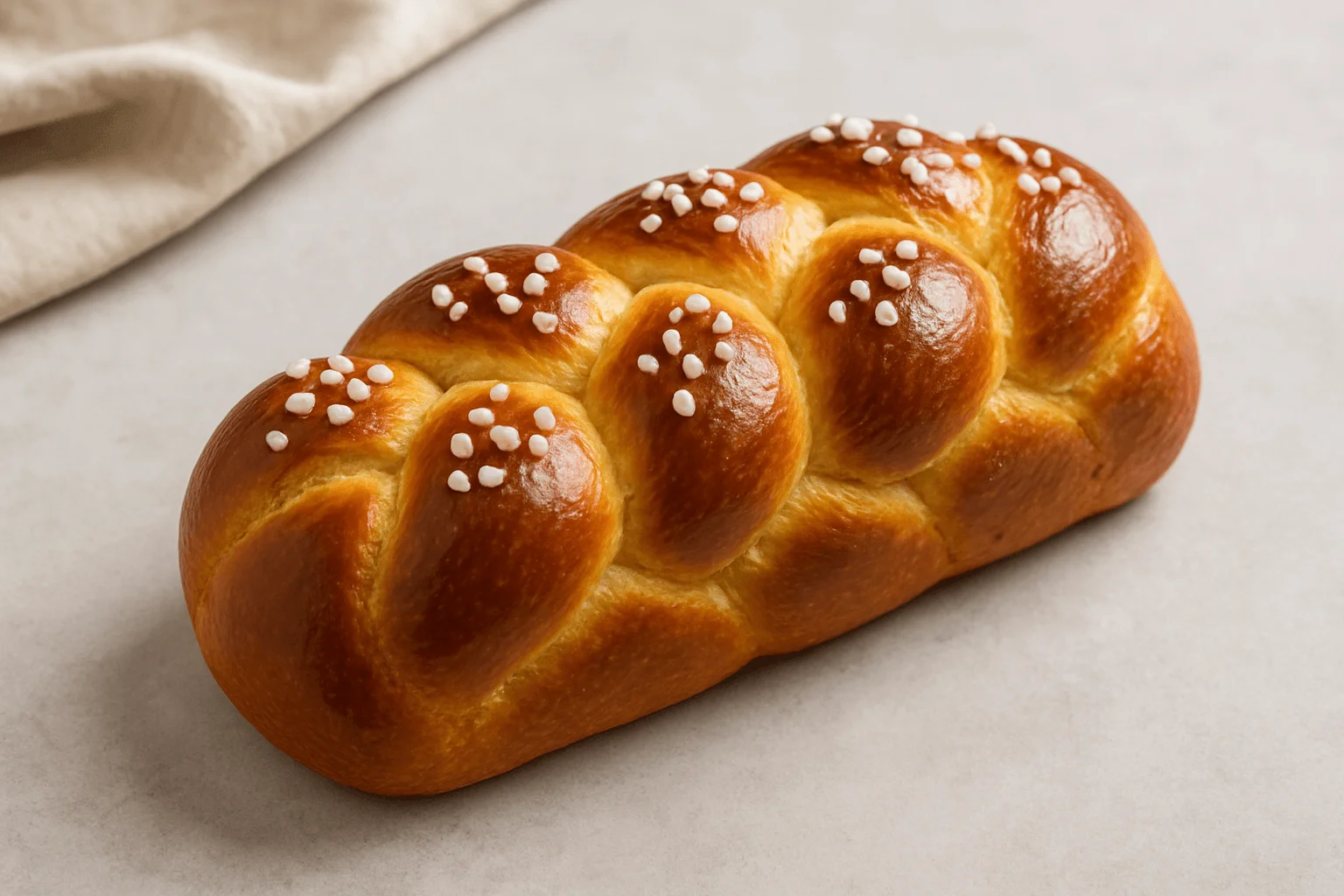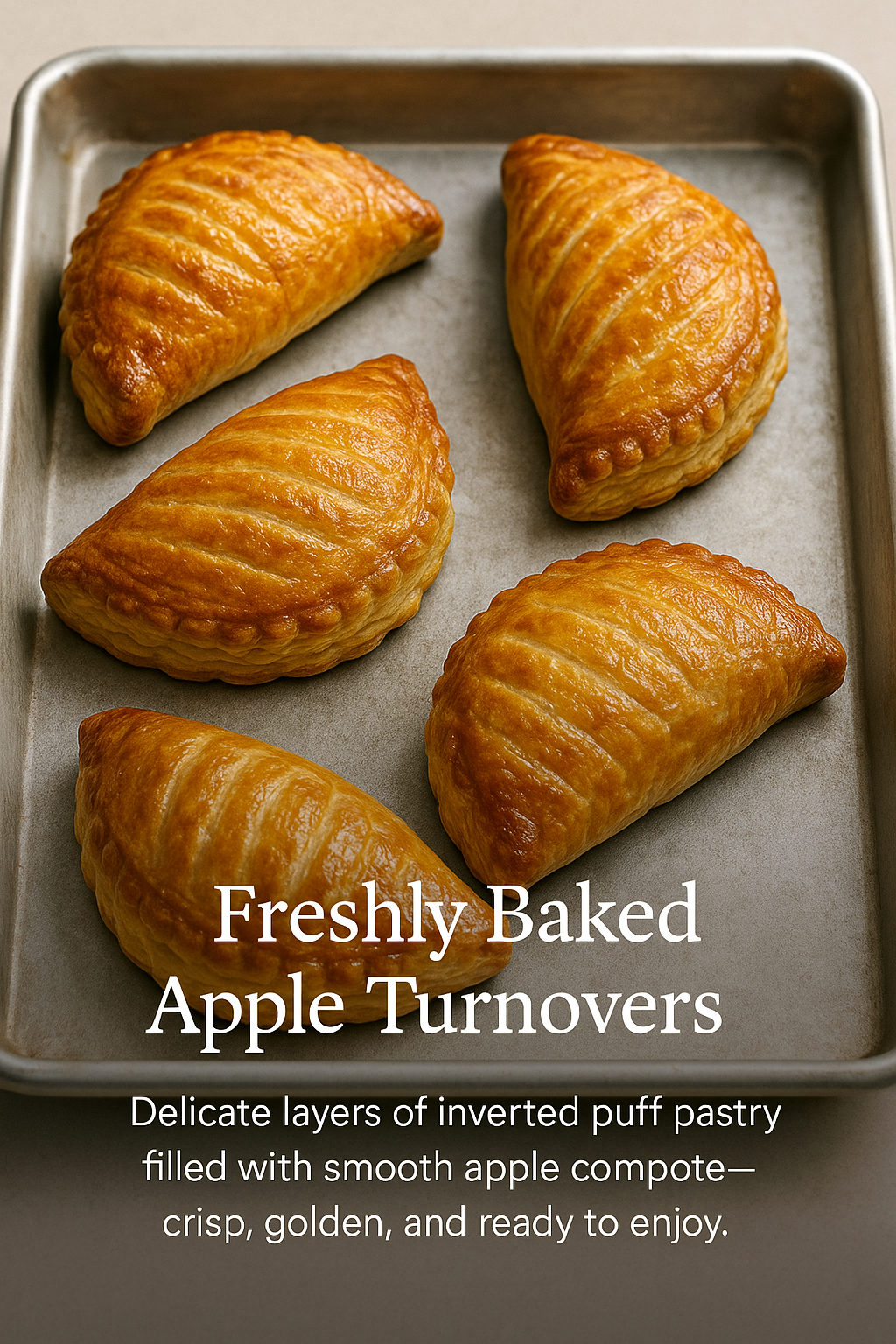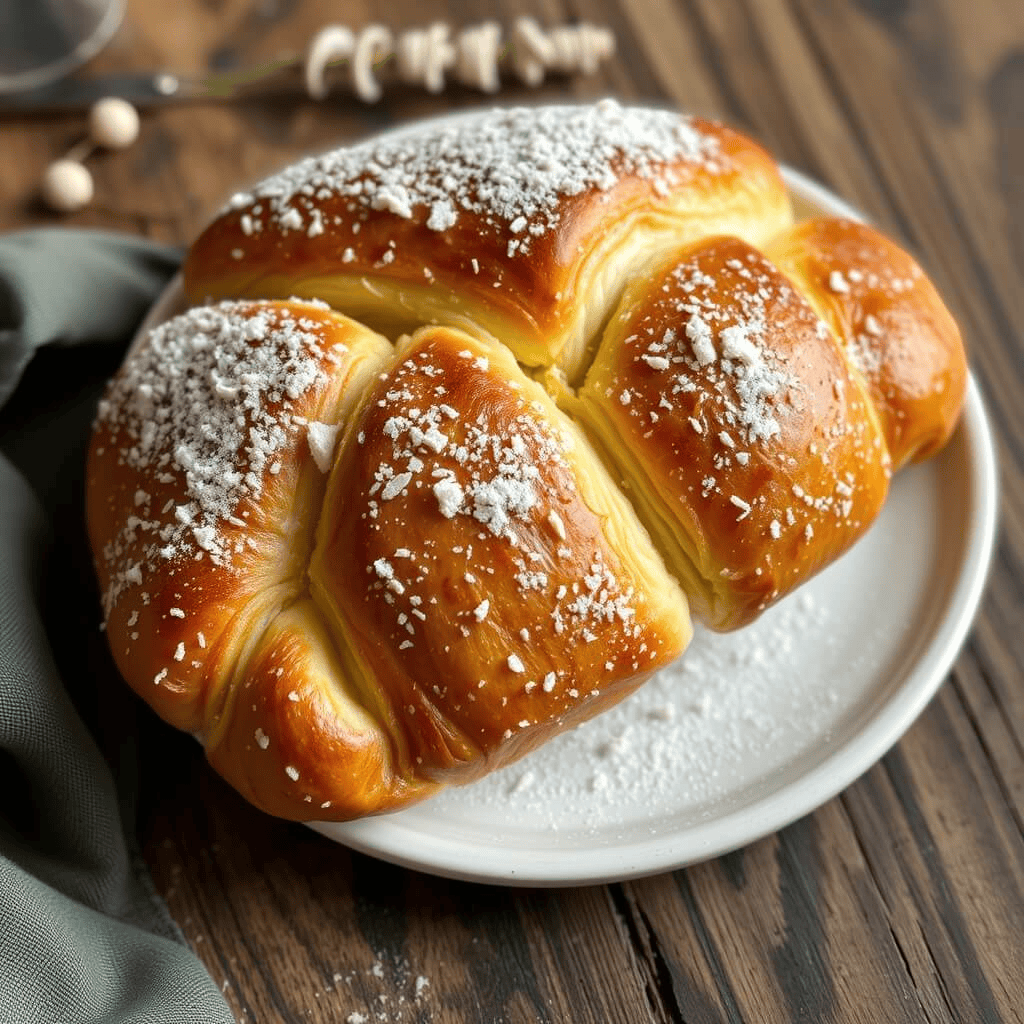5 Sweet Steps to Perfect Bichons: A Pastry Lover’s Journey
How to make Bichons There’s something uniquely charming about classic French pastries—the way they balance elegance and comfort, the precision of their folds, and above all, the burst of flavor you get in every bite. Among the lesser-known but utterly delightful members of the pâtisserie family is the bichon: a golden, sugar-dusted puff pastry filled … Read more




